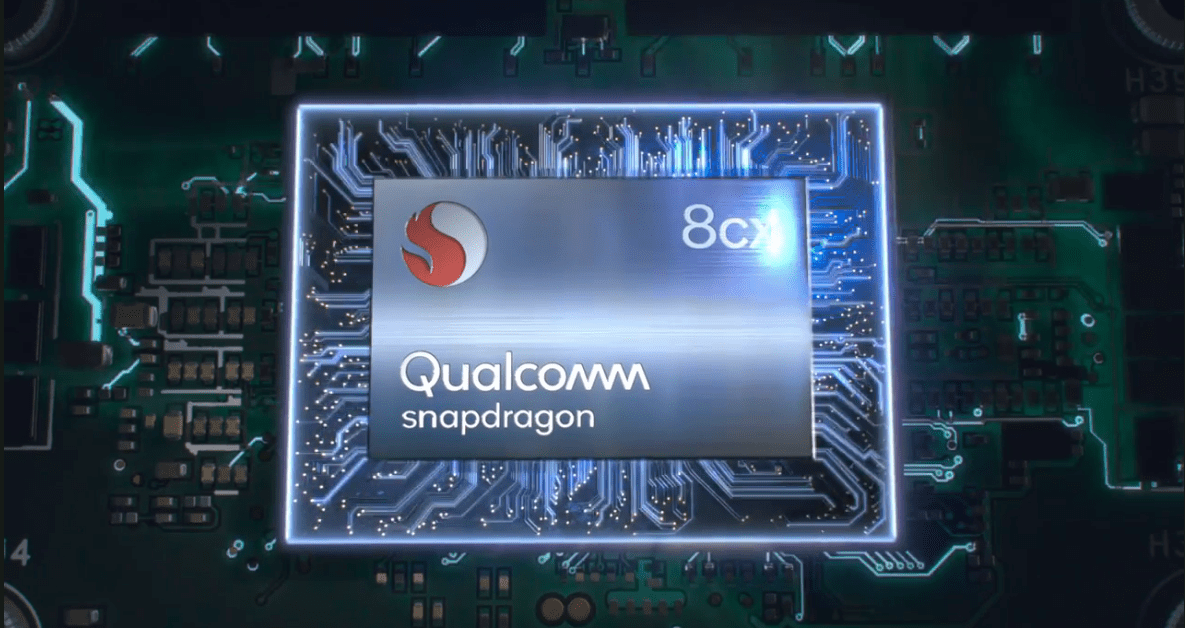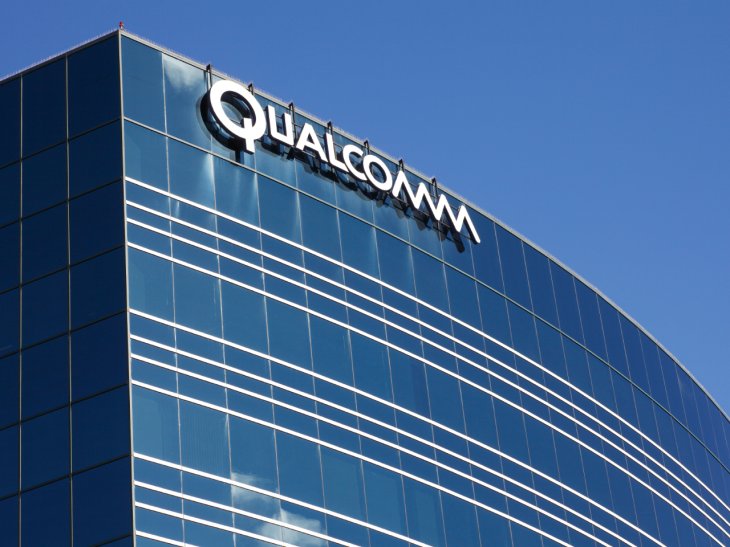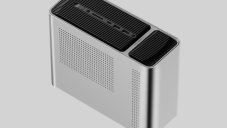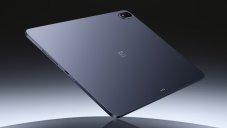Qualcomm Introduces Snapdragon 8CX For ARM-powered Windows PCs
Anita - Dec 08, 2018

Qualcomm has become the pioneer in producing the first 7nm chip which is dedicated to thin and light laptops in the world without the need of fans.
- Intel Announced 11th-Gen Rocket Lake Processors, Rivaling AMD Ryzen Chips
- This Dragonfly Plane Eliminates The Disadvantage Of Current Aircraft
- Lenovo IdeaPad S145 Review: Decent Value But Awfully Underpowered
Qualcomm has become the pioneer in producing the first 7nm chipset in the world which is dedicated to light and thin laptops in the world without the need of fans and will target the high-end ultrabook market.

Recently, at the third Snapdragon Tech Summit that focuses on ARM Windows PCs, the Qualcomm company has introduced its Snapdragon chip ‘descendant’, namely Snapdragon 8CX for Always-Connected, and Always On Windows 10 devices. This latest premium Snapdragon 8CX chipset has improved power cores built with 7nm technology, which is the first 7nm PC platform. It is a shift away from that even though the current Snapdragon 850 which Qualcomm unveiled at Computex at the beginning of 2018 will continue to be used.
Snapdragon 8CX has a structure consisting of different parts, which is similar to Qualcomm’s mobile platform. It integrates all CPU, CPU, DSP, ISP and the LTE modem, and does not need the support of fans in slim and lightweight designs to work. Qualcomm has a very ingenious comparison with Intel's chips, particularly in the light space and thin level
The Snapdragon 8CX is claimed to be two times as strong as the 7W Intel Y-series CPU and have a 15W Intel chip’s performance with greater power efficiency. This means that the new MacBook Air which is currently equipped with the 7W Intel chip will run twice faster if it is powered by the Snapdragon 8CX.

The new 8CX will feature Qualcomm’s Kryo 495 CPU cores. That four performance and efficiency cores based on the Cortex-A76 and the Cortex-A55 respectively will split up depending on the load intensity. Moreover, a private L2 cache together with a shared L3 and the system cache will be presented in each core. According to the available information, there is a total 10MB of cache and the laptop for reference in the demo rooms of the company was clocking at 2.75GHz for 8GB of RAM and 250GB SSD, even though Qualcomm did not reveal the size of each cache, the Snapdragon 8CX’s clock speed, or RAM limit.
The chip is also equipped with Qualcomm's new Adreno 680 GPU and doubled the memory interface, which is claimed to be twice as fast as Adreno 630 in Snapdragon 850. Qualcomm states that the Adreno 680 is 3.5 times faster and 60% more efficient than GPU bundled with the Snapdragon 835 devices, the 1st-generation ARM Windows PC. Typically, Qualcomm demonstrates the new chip’s graphics processing power with Asphalt 9’s demo, a more famous game in smartphones than PCs. And the chip supports DirectX 12 and even is capable of handle dual 4K HDR displays.

Additionally, Window 10 Enterprise will be supported with the Snapdragon 8CX. And Qualcomm also works with Mozilla to optimize a browser for the Snapdragon platform. Although it will be more dependent on the OEMs to ship faster-and-more-memory laptops, Windows on the Snapdragon at the moment can come with LPDDR4X RAM maximum to 16GB, NVMe SSD and UFS 3.0 storage.
The battery capacity in the Snapdragon 8CX chipset is unchanged (about over 1 day of battery life); therefore, people should have a Snapdragon PC. It’s got Qualcomm new X24 LTE modem baked in for the maximum 2Gbps download speed. Qualcomm also says that it will have a 5G solution in the following year.
Sanjay Mehta, Senior Vice President of Qualcomm, said that Snapdragon 8CX PCs is expected to ship in the final half of next year in IFA Berlin. Especially, the computing devices will be available in emerging markets like India in the quarter 2 or 3 of 2019, added he.
The Snapdragon 8CX seems to be incredible in the presentation of Qualcomm with many tall claims. What we can do now is to wait until the release date of this Qualcomm’s first chip for PCs that Intel should be cautious.
Featured Stories

Gadgets - Jul 21, 2025
COLORFUL Launches iGame Shadow II DDR5 Memory for AMD Ryzen 9000 Series

Gadgets - Jun 23, 2025
COLORFUL SMART 900 AI Mini PC: Compact Power for Content Creation

Review - Jun 18, 2025
Nintendo Switch 2 Review: A Triumphant Evolution Worth the Wait

Gadgets - Jun 18, 2025
Starlink: Why It’s a Big Deal for U.S. Internet in 2025

Gadgets - Jun 17, 2025
How Custom PC Setups Support India's Esports Athletes in Global Competition

Gadgets - Jun 12, 2025
Lava Prowatch Xtreme Launches with Google Fit Integration

Gadgets - Jun 07, 2025
Fujifilm Instax Mini 41 Launches in India: Stylish Instant Camera Now Available...

Mobile - Jun 07, 2025
Realme C73 5G Launches in India: Budget 5G Phone Starts at ₹10,499

Gadgets - Jun 07, 2025
OnePlus 13s Makes Indian Debut: Compact Flagship Brings Premium Features at...

Gadgets - Jun 07, 2025
Comments
Sort by Newest | Popular